Past and present
You’re part of history – find out more
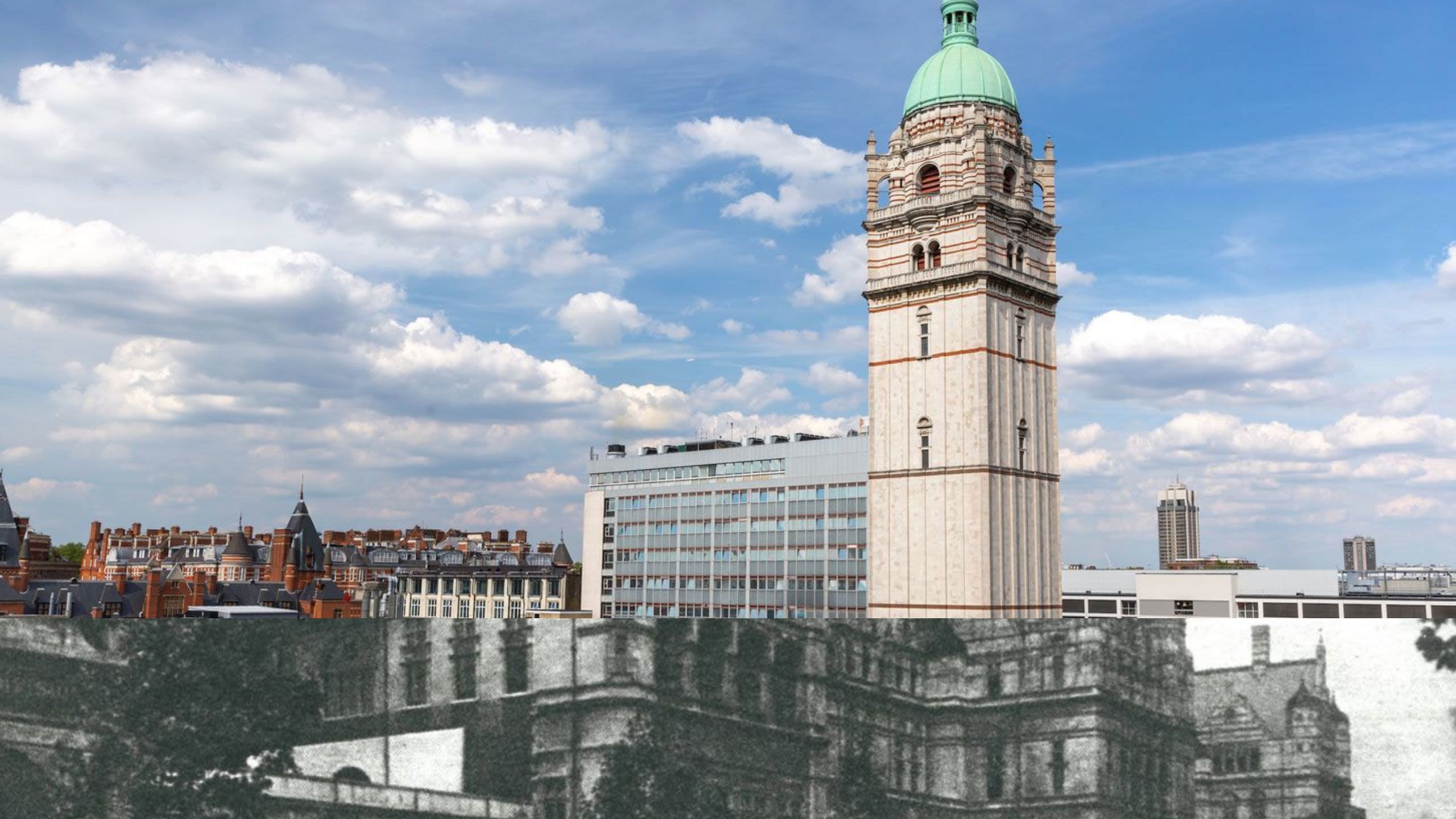
History of Imperial
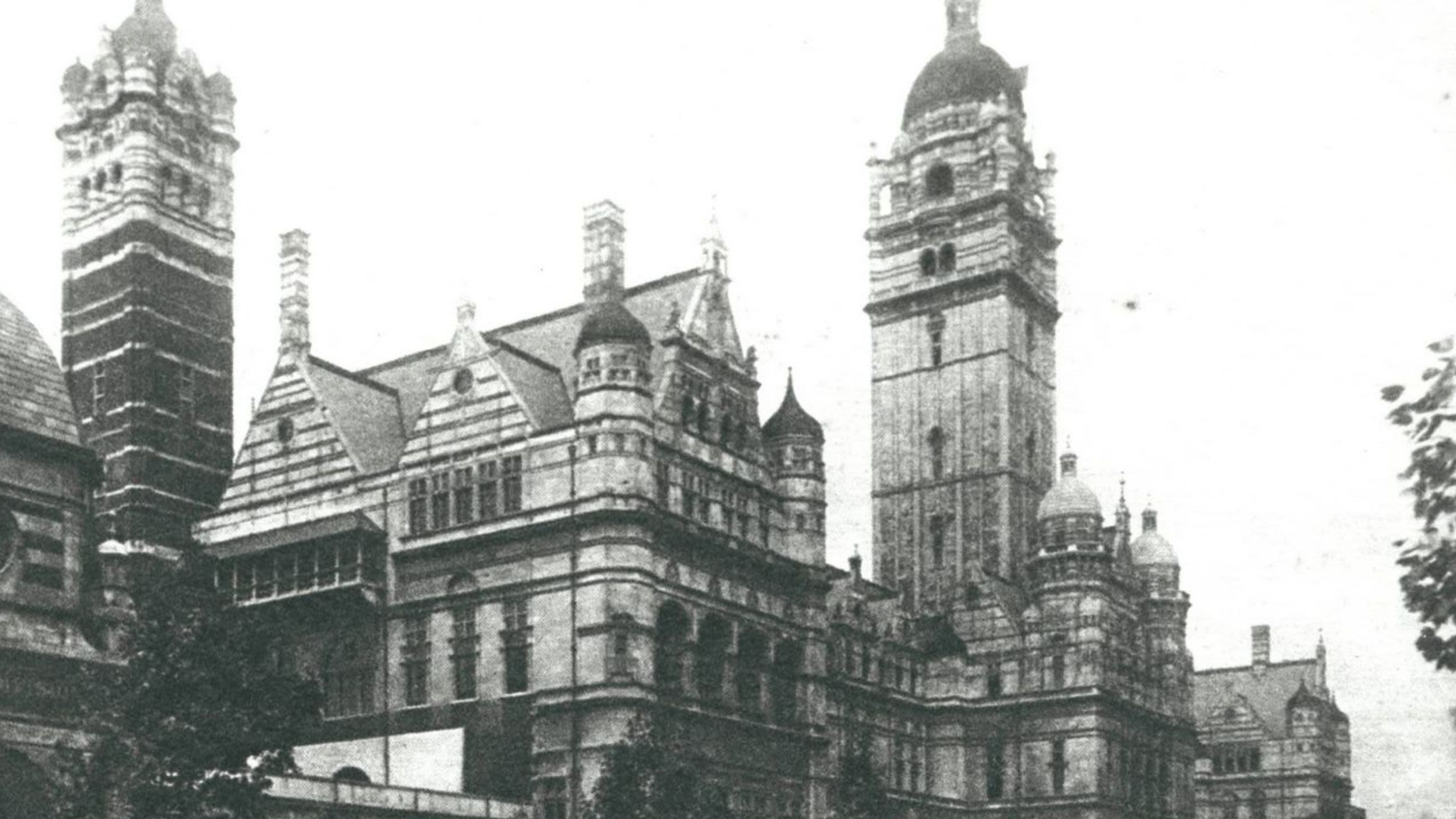
Founded in 1907, Imperial is built on a distinguished past, having pioneered penicillin, holography and fibre optics.
The university was an icon of Albertopolis, bringing together the Royal College of Science, the Royal School of Mines and the City and Guilds College to create an agile and forward-looking institution.
During World War I and II, our staff and students used their expertise to develop critical advancements in fields like munitions, aeronautics and medicine.
As the world around us changed, so did Imperial. We embraced cutting-edge science, introducing groundbreaking disciplines like nuclear science and engineering, computing and control systems. We also welcomed the Imperial College School of Medicine (now the Faculty of Medicine), furthering our commitment to healthcare innovation.
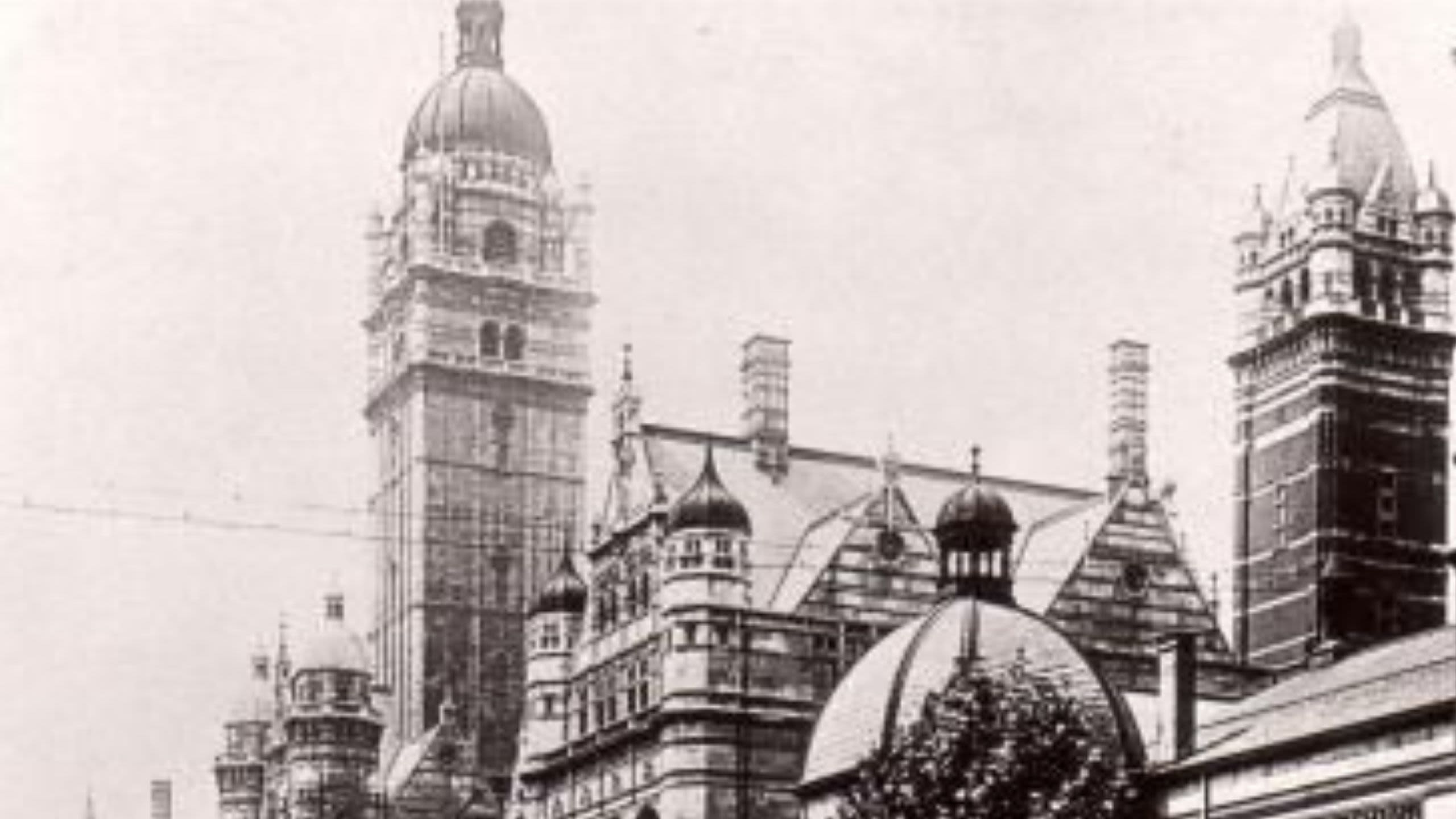
In 2007, we embarked on a new chapter, becoming an independent university, building on our rich legacy and continuing to use scientific imagination for world-changing impact.

This is just a glimpse into the incredible story of Imperial College London. It’s a story of passion, dedication and a relentless pursuit of knowledge. It’s a story that continues to inspire generations and one we are proud to share with you.
Today, Imperial combines exceptional teaching, world-class facilities and collaborative working to unlock scientific imagination.
What’s in a name?
Commemoration Day takes its name from a visit made by King George VI and Queen Elizabeth in 1945 to mark the centenary of the Royal College of Science, the oldest constituent college of Imperial. Today, more than 3,000 students attend Commemoration Day, including undergraduands and PhD graduands.
Today's traditions
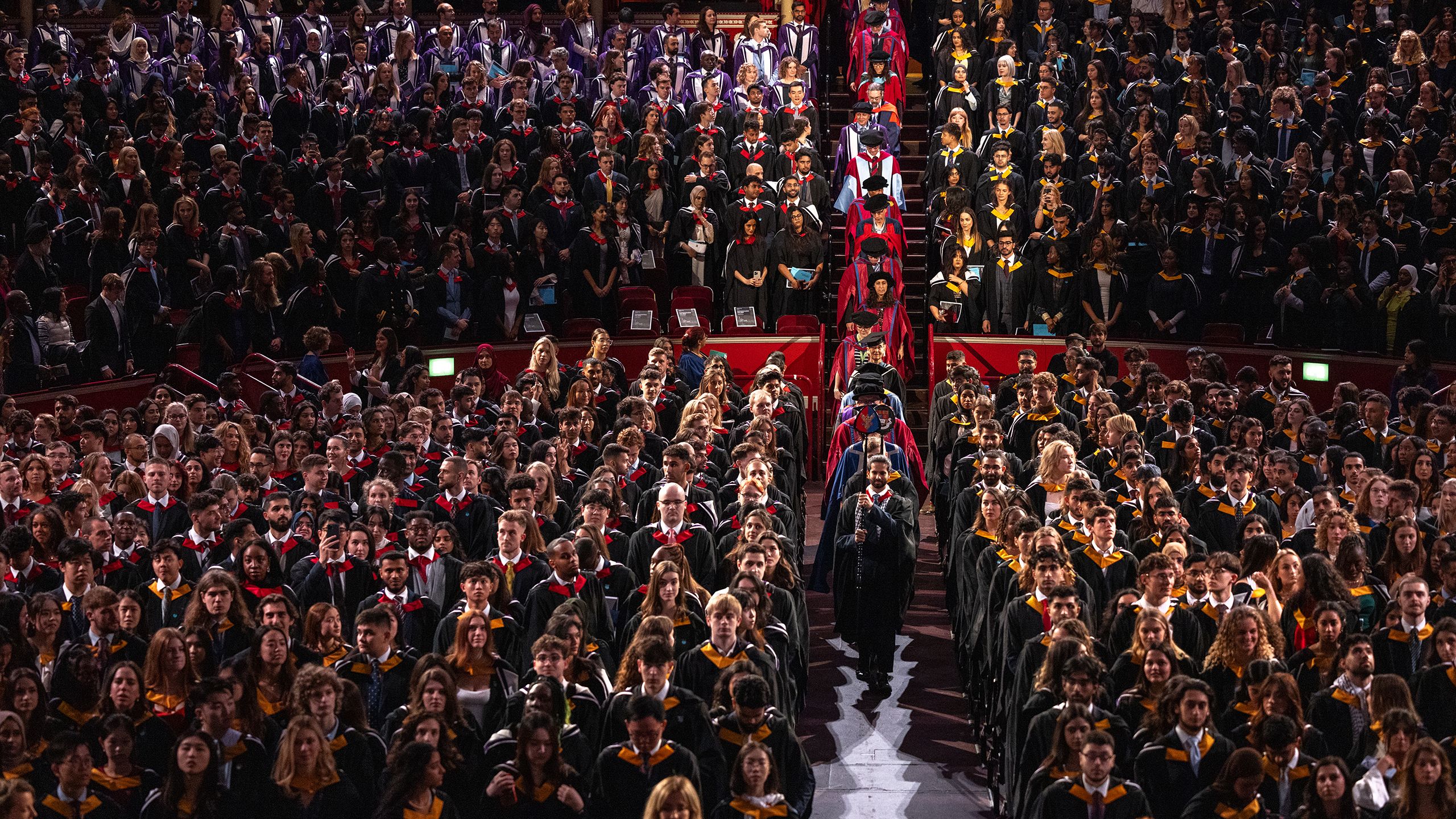
The Imperial Mace
At graduation, the Mace marks the arrival of the Provost, President and Chair of Council during the Procession.
The four crown parts of the head are all hand forged and the harp, lion and book edges all gold plated in lemon gold.
The helix-shaped stem represents human DNA or a chain of atoms in a spiral, referencing our expertise in science and medicine.
The base of the stem is engraved with the Goldsmiths Company coat of arms with an inscription reading ‘Gift of the Worshipful Company of Goldsmiths 2009’.
The Imperial Mace
At graduation, the Mace marks the arrival of the Provost, President and Chair of Council during the Procession.
The four crown parts of the head are all hand forged and the harp, lion and book edges all gold plated in lemon gold.
The helix-shaped stem represents human DNA or a chain of atoms in a spiral, referencing our expertise in science and medicine.
The base of the stem is engraved with the Goldsmiths Company coat of arms with an inscription reading ‘Gift of the Worshipful Company of Goldsmiths 2009’.
Music
The orchestra you’ll hear today is conducted by Mr Oliver Gooch, Director of Music and the Blyth Centre at Imperial.
The Imperial Commemoration Choir is conducted by Dr Colin Durrant, Conductor – Imperial College Choir.
Pre-ceremony entertainment is provided by The Scopes – Imperial’s A Cappella Society.
Academic dress
While academic dress has its origins in medieval Europe, today it denotes the graduate’s institution and the level of degree awarded. The theme running through all of Imperial’s gowns is purple, an homage to the work of Royal College of Chemistry alumnus Sir William Henry Perkin, who invented mauveine, the world’s first synthetic purple dye, in 1856.
Graduands receiving their first degree wear black gowns and black hoods with white and purple lining.
Students from the Faculty of Engineering wear a grey collar.
Faculty of Medicine students wear a red collar.
Students from the Faculty of Natural Sciences wear a yellow collar.
PhD and DSc recipients wear purple hoods and purple gowns; the sleeves of PhD are purple, while those of DSc graduands are white.
The Imperial mascots
You may wonder what a 1916 Dennis N type fire engine is doing around campus today. Jezebel, as she’s now known, is one of Imperial’s mascots and was gifted to Imperial in 1959 as a means of transportation for the President.
First used during air raids in World War I, she now lives a charmed life. She is maintained by the RCS Motor Club ready for occasional outings, which include Commemoration Day.
Our people
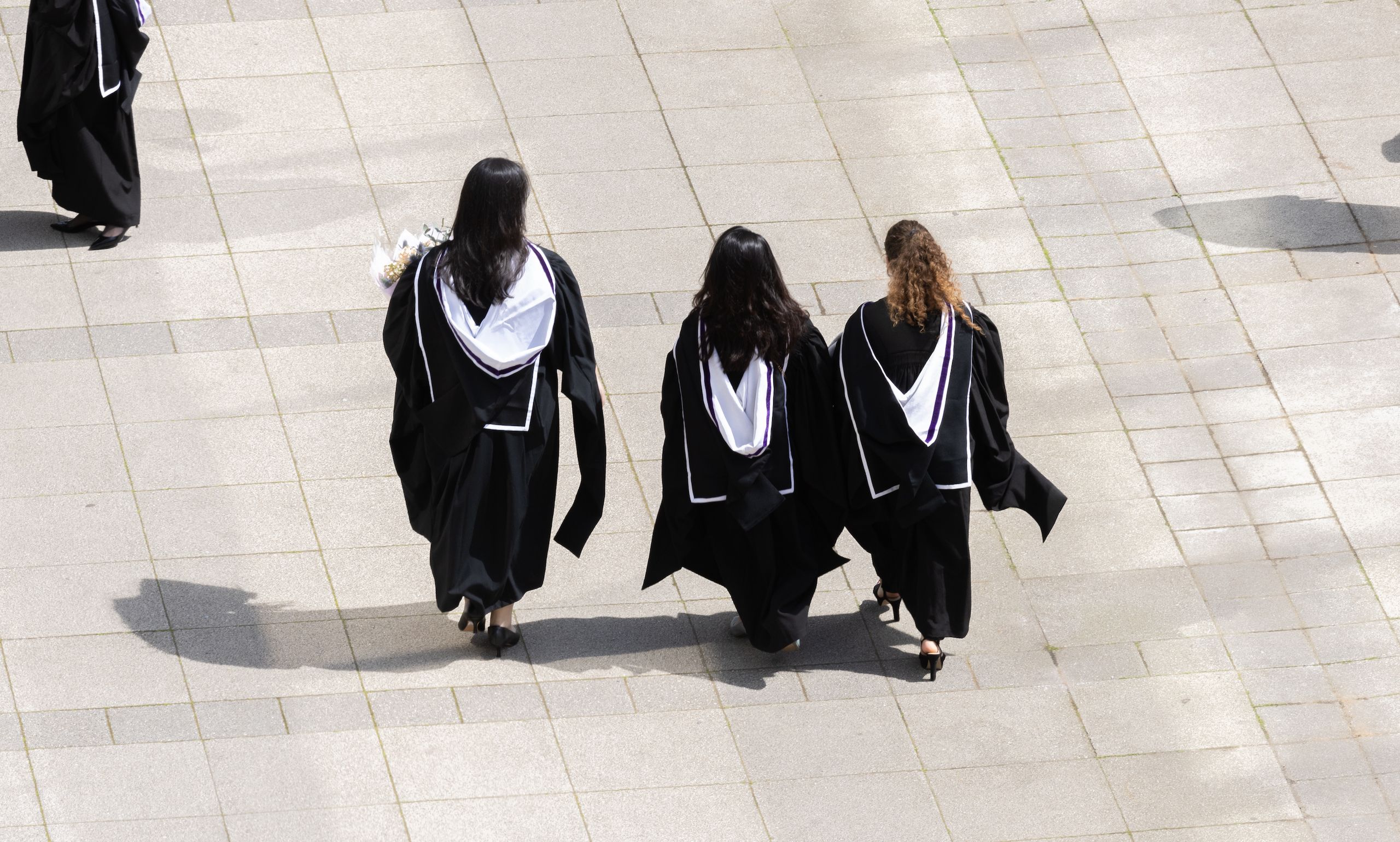
The Imperial story isn’t just about our physical history. It’s also about the countless individuals who have shaped our journey – from Sir Alexander Fleming’s discovery of penicillin to Professor Abdus Salam’s electroweak unification theory. From tackling climate change to winning Oscars, Imperial alumni go on to do some incredible things.
News from 2024
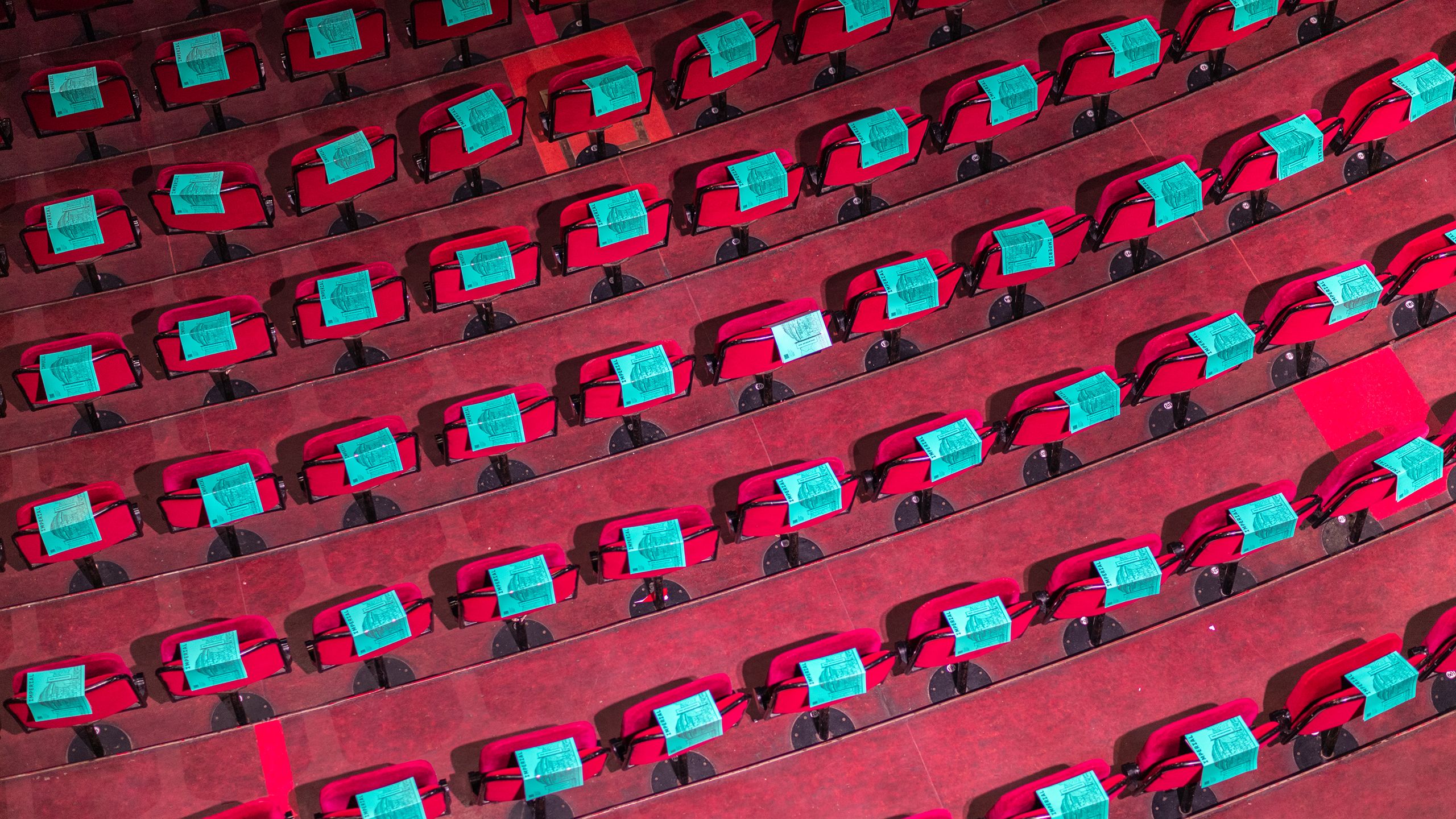
Throughout your time here, many exciting discoveries and breakthroughs have been made, partnerships have been forged and friendships formed. Here are some of the top stories of the year:
Imperial wins University Challenge for fifth time
Imperial College London won University Challenge for the fifth time – making it the TV quiz tournament’s most successful team of all time.
The Imperial student team – comprising captain Suraiya Haddad, Sourajit Debnath, Adam Jones, and Justin Lee (supported by reserve Mattia Elkouby) – defeated University College London by 165 points.
Celebrating World Quantum Day at Imperial
Celebrated annually on 14 April, this year World Quantum Day brought hundreds of people to Imperial to learn about our cutting-edge quantum research across the Imperial Centre for Quantum Engineering, Science and Technology, and the London Centre for Nanotechnology. The event featured talks, live demos and interactive opportunities to bring quantum research to a wider audience.
(NASA/JPL-Caltech/MSSS)
(NASA/JPL-Caltech/MSSS)
Imperial research seeks signs of life beyond Earth
An international team of researchers led by Imperial found signs that water was abundant in Mars’ Gale crater long after the planet was thought to have become dry and inhospitable. The researchers’ discovery could impact future space exploration missions, particularly in the search for signs of life beyond Earth.
Imperial places second in the world in major university rankings
Imperial College London has risen to second place in the world in a major league table, also ranking as the top university in the UK and Europe.
QS highlighted Imperial’s world-leading research performance, outstanding employability scores, and exceptional sustainability commitment as some of the reasons why Imperial is in the top two in the world.
World’s first transatlantic flight on 100% sustainable aviation fuel
Imperial experts were part of the Flight100 project consortium – the world’s first transatlantic flight run on 100% sustainable aviation fuel (SAF). The trial flight saved 95 tonnes of carbon dioxide and showed that SAF is safe to use with existing infrastructure.
Combatting antimicrobial resistance at the Fleming Initiative
Established by Imperial College London and Imperial College Healthcare NHS Trust, the Fleming Initiative provides solutions to antimicrobial resistance (AMR). Drug-resistant infection is a growing global health threat that requires an urgent, concerted multidisciplinary and multi-partner response.
Visit our website for more information on Commemoration Day 2024 and to watch the live stream.
Imperial College London
South Kensington Campus
London SW7 2AZ, UK
tel: +44 (0)20 7589 5111
© 2024 Imperial College London
Privacy notice | Accessibility
Digital programme made by Harpoon Productions










